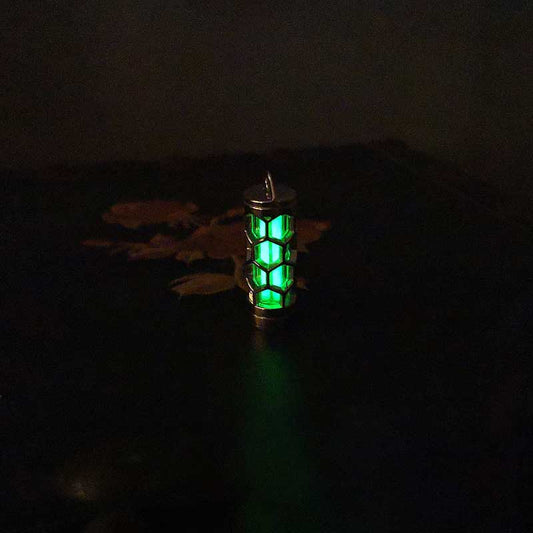Emrelad A Shimmering Green Mystery Unveiled
Emrelad A Shimmering Green Mystery Unveiled
When I first came across the term "emrelad," I assumed it was a typo or perhaps a lesser-known gem. My curiosity led me down a rabbit hole, exploring the depth and breadth of this intriguing word. It turns out, "emrelad" is a fascinating variation or even a mispronunciation of "emerald," a stone steeped in history and allure. Despite the deviation in spelling, the green allure remains irresistible and takes us on a journey through cultural corridors and personal reflections.
Emeralds, in their proper form, have captivated human imagination for centuries, adorning royal crowns and serving as symbols of rebirth and love. It's not just their captivating color that draws us in—it's the stories they silently tell. Imagine Cleopatra, renowned for her love of emeralds, wielding them as powerful symbols of her reign. The stone's history is almost as rich as its verdant hue, whispering tales from ancient Egypt to Incan ceremonies.
My grandmother, a woman of simple tastes yet profound wisdom, had a modest emerald ring she cherished dearly. She would often recount how she saved up for years during the Great Depression just to buy it. According to her, the stone represented hope, a splash of color against the grim backdrop of those years. I can still remember her hands, worn yet graceful, with that little green gem catching the light, a tiny beacon of resilience.
The fascination with emerald—or emrelad if you prefer an alternative take—doesn't end in the annals of history. Today, emeralds are finding a new place in contemporary fashion. Once reserved for bespoke and classic designs, these stones are now making an appearance in modern, minimalistic styles, signaling a shift in how we perceive luxury. There’s something innately charming about seeing a stone with such historical gravitas juxtaposed against a sleek, modern design.
Interestingly, what strikes me about the emrelad phenomenon is how it inadvertently emphasizes the creative interplay between language and things of beauty. Maybe the variation in spelling signifies the idea of viewing traditional beauty through a fresh lens. After all, much like fashion, language too evolves, breathing new life into old concepts.
And perhaps that's what makes "emrelad" so captivating—a reminder that beauty, like language, is never static. It shifts, adapts, and sometimes surprises us. Next time you come across an emerald, or its elusive twin "emrelad," maybe you'll pause for a moment, to ponder the unforeseen stories wrapped in green. And isn’t that what makes life a little more fascinating, the unexpected art of discovering something new where you least anticipate it?































